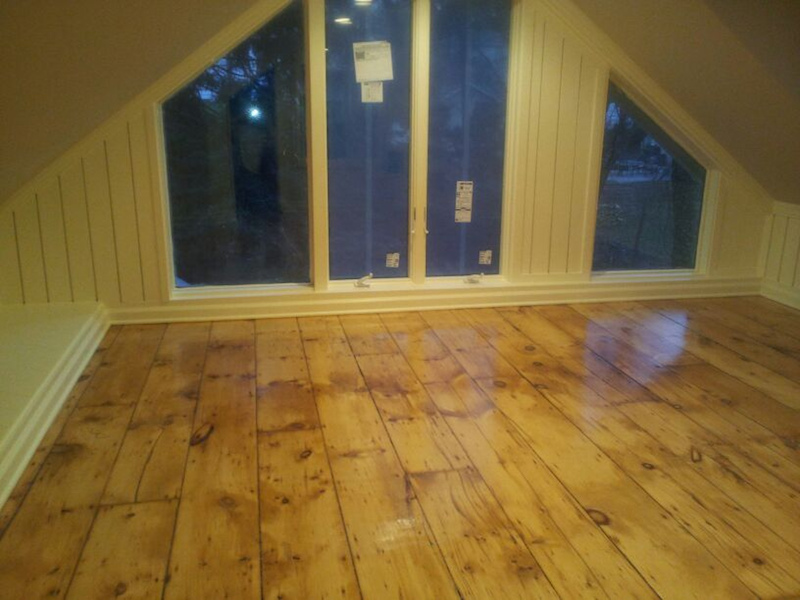 Many homeowners feeling cramped in their current quarters may be overlooking some extra living space that is right above their heads — in the attic.
Many homeowners feeling cramped in their current quarters may be overlooking some extra living space that is right above their heads — in the attic.
Homeowners with an unfinished attic have a viable option when they want more room. Remodeling an attic may be easier and more cost-effective than renovating a basement, and it’s a lot simpler than building an addition. Before you start turning attic space into new living space, however, you need to check local and state building codes. An upstairs expansion also may affect your home’s appraised value, real estate taxes, and resale value.
COST COMPARISONS: The average national cost for attic renovations is $49,438 in 2017, according to HomeAdvisor. However, project costs will vary depending on a number of factors, including the square footage of usable space, the amount of work that needs to be done to bring the space up to code, and the materials used to bring the space to life. Before proceeding, examine comparisons for alternative living space, such as reworking existing layouts, converting a basement, or constructing an addition. Basement conversions offer more stable temperatures and less HVAC expense than most attic remodels, but remodeling costs rise when the work is below ground, when it’s shallow enough to require excavation, or when the area has water problems. If the surrounding property is large enough for an addition, that solution provides the plus of more grade-level space, but a downside can be higher appraised value and real estate taxes.
THE ROOFLINE: The slant of the roofline can determine whether the attic can go from storage to livable space. Building codes dictate how much headroom a finished attic must provide once framed in with insulation and drywall — typically at least seven feet. Some house styles, such as bungalows and ranches may permit raising the roof, but that will increase construction costs.
LIVABILITY: Making an attic habitable may require the skills of design professionals. Many municipalities require installing a sprinkler system in inhabited attic spaces, and you may need to upgrade the HVAC system to adequately heat and cool the new space. Temperatures in the attic can be the highest in the entire home, so think ahead about your cooling options. Window air conditioners and vents are optional, while installing fans — whole-house fans or attic fans — can be effective and far less costly. Adding dormers or skylights will help illuminate the upstairs rooms, although those choices may prove costly. If the converted space includes a bathroom, a plumber can determine if existing waste lines can be brought up and vent to the exterior, or if new lines must be added, which may affect square footage below.
ACCESS: How accessible the converted attic is will play a part in how much it is used. Most municipalities set guidelines for stairs such as a minimal 36-inch width, which also makes bringing up furniture easier. And attic bedrooms require an operable emergency escape.
For more options, visit the Attic Cost Guides page at HomeAdvisor.
(Photo: Flickr/Olger Fallas)

